Premium Only Content

Russian - amarican nuclear arms
Control agreement finished
The only remaining arms control agreement between the world’s largest nuclear powers — the New START treaty — is on shaky footing. President Vladimir Putin said Russia is suspending its observation of the treaty, following complaints by US President Joe Biden’s administration that Russia was refusing to allow inspectors into its territory. Russia’s posture “threatens the viability of US-Russian nuclear arms control,” the State Department said in January. Russia argues it would be inappropriate to allow inspections while the countries are in a standoff over Russia’s war in Ukraine.
Get the full experience.
Choose your plan
1. What is New START?
Under the accord, the US and Russia committed to reducing deployed nuclear warheads (capped at 1,550 each) and limiting the number of delivery platforms, such as intercontinental ballistic missiles, to 700 or fewer. The agreement also allows each country to conduct on-site inspections of each other’s weaponry and requires the exchange of data and notification concerning covered arms and facilities. The US and Russia signed New START — formally the New Strategic Arms Reduction Treaty — in 2010, to replace the 1991 START treaty. It took effect on Feb. 5, 2011 and received its most recent five-year extension in 2021, after Biden’s predecessor, Donald Trump, pushed unsuccessfully to renegotiate it.
2. Has the treaty worked?
Yes. The US and Russia reduced their nuclear arsenals to the agreed-upon limits by the 2018 deadline set forth in the treaty. The US had 1,420 deployed warheads and 659 deployed strategic delivery systems as of Sept. 1, 2022, according to the State Department. Russia had 1,549 deployed warheads attributed to 540 deployed strategic launchers. Combined, the two countries account for about 90% of the world’s nuclear weapons.
3. Why did inspections come to a halt?
On-site nuclear inspections in Russia were initially suspended due to the Covid-19 pandemic. The US says Russia refused to restart them in August 2022 because of mounting tensions over the war in Ukraine. An attempt to restart talks in Cairo in November failed after Russia decided to postpone them. Russia’s ambassador to the US, Anatoly Antonov, said in early February that his country “remains committed to the goals of the New START treaty” but considers it “unjustified, untimely and inappropriate to invite the US military to our strategic facilities” while the two nations are on opposite sides of the conflict in Ukraine. On Feb. 21, Putin announced Russia was suspending its participation in the treaty.
4. Why did Trump want to renegotiate New START?
His administration called the treaty “deeply flawed” in part because it addresses only strategic nuclear weapons — long-range ones that can be used to threaten each other’s territory — and not shorter-range, so-called tactical weapons. Russia’s tactical arsenal is much greater than that of the US. The Trump administration had hoped to force Russia to agree to a freeze in its overall number of nuclear warheads. Even some Biden aides are on record sharing concern that New START doesn’t apply to short- and medium-range nuclear weapons.
5. What’s the status of other arms control agreements?
Trump withdrew the US from the Intermediate-Range Nuclear Forces (INF) Treaty, signed in 1987 by US President Ronald Reagan and Soviet leader Mikhail Gorbachev, and the Open Skies Treaty, under which more than 30 nations grant each other access to airspace for the purpose of collecting information on military activities. The Biden administration decided not to reenter the Open Skies Treaty over concerns Moscow wasn’t taking steps to comply with the agreement.
More stories like this are available on bloomberg.com
©2023 Bloomberg L.P.

Comments

Gift Article
-
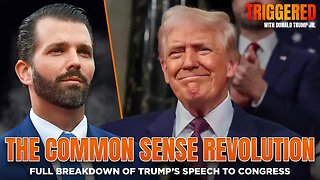 43:23
43:23
Donald Trump Jr.
8 hours agoNo Clap: Dems are a Disgrace but My Father is Bringing Back Common Sense | Triggered Ep.222
138K118 -
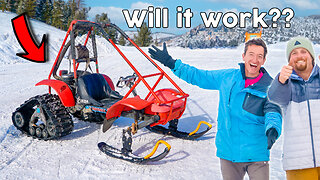 18:29
18:29
The Rad Factory
1 day ago $1.23 earnedBuilding Shred Eighty a Custom Honda Snow Kart
31.1K6 -
 UPCOMING
UPCOMING
Precision Rifle Network
1 day agoS4E7 Guns & Grub - What makes group size increase?
21.1K2 -
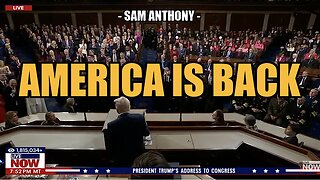 46:29
46:29
SGT Report
1 day agoAMERICA IS BACK! BYE BYE IRS!! -- Sam Anthony
61.1K84 -
 8:56:13
8:56:13
Dr Disrespect
14 hours ago🔴LIVE - DR DISRESPECT - WARZONE - 150 PLAYER LOBBIES
181K20 -
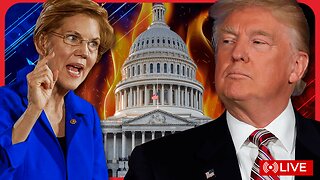 1:27:35
1:27:35
Redacted News
9 hours ago"This is NOT normal" Trump just destroyed the woke mob as Dems in disarray | Redacted News Live
164K298 -
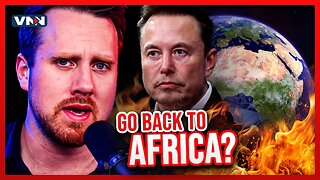 1:39:52
1:39:52
Vigilant News Network
10 hours agoUNHINGED: Dems Say That Elon Needs to ‘Go Back to AFRICA?’ | The Daily Dose
104K22 -
 1:13:13
1:13:13
Sean Unpaved
10 hours ago $6.95 earnedQB Carousel with Guest Coach Herm Edwards
87.3K2 -
 1:04:28
1:04:28
Crypto Power Hour
1 day ago $6.06 earnedThe Crypto Power Hour - ‘In Crypto We Trust’
85.1K8 -
 28:55
28:55
CatfishedOnline
9 hours agoWoman Love Bombed by Salt-and-Pepper Scammer
51.1K7